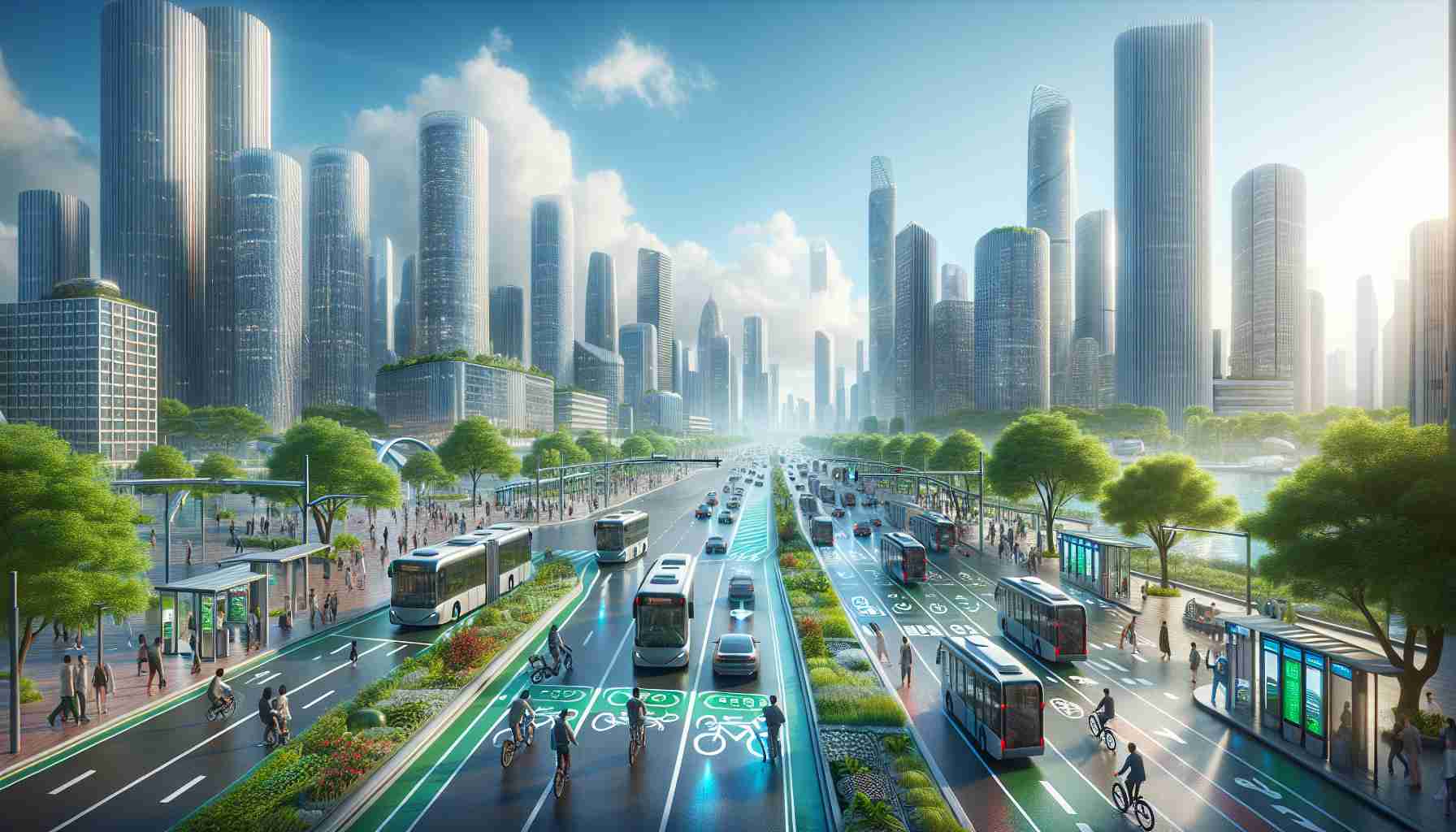In a bustling metropolis, the future of transportation is taking a green turn with the introduction of sustainable urban mobility solutions. Gone are the days of overcrowded streets and pollution from gas-guzzling vehicles. Instead, cities are embracing innovative modes of transportation that prioritize environmental conservation and efficiency.
Imagine a cityscape where robotaxis seamlessly navigate the roads, providing convenient and eco-friendly rides to passengers. No longer will commuters have to worry about finding parking or contributing to carbon emissions. These autonomous vehicles are not just a futuristic concept but a practical and sustainable solution for modern urban areas.
As we look ahead to the transformation of our urban landscapes, it is clear that embracing sustainable mobility is not just a trend but a necessity. From electric scooters to bike-sharing programs, cities are exploring diverse options to reduce dependency on traditional cars and promote a cleaner environment. The rise of sustainable urban mobility signifies a shift towards a greener and more efficient future for transportation.
In the evolution of sustainable urban mobility, there are key questions that arise alongside the advancements in transportation solutions. One important question is: How can cities effectively integrate different modes of sustainable transportation to create a comprehensive mobility network? The answer lies in careful planning and coordination among various stakeholders to ensure seamless connectivity and accessibility for residents.
Another crucial inquiry is: What role does technology play in enhancing sustainable urban mobility? Technology serves as a driving force in creating innovative solutions such as ride-sharing platforms, electric vehicle infrastructure, and real-time transportation data systems. Leveraging technology can optimize transportation services, reduce congestion, and minimize environmental impact.
One of the main challenges associated with sustainable urban mobility is overcoming infrastructure limitations. Implementing new modes of transportation like bike lanes, electric vehicle charging stations, and dedicated bus lanes requires significant investments in infrastructure development. Balancing the needs of all road users while accommodating sustainable transportation options can be a complex endeavor for city planners.
Another key challenge is ensuring inclusion and accessibility for all members of the community. Not everyone may have equal access to sustainable transportation options, particularly those living in underserved neighborhoods or individuals with physical disabilities. It is imperative for cities to consider equity and inclusivity in their mobility planning to ensure that sustainable solutions benefit all residents.
Advantages of sustainable urban mobility include reduced air pollution and greenhouse gas emissions, leading to improved air quality and public health. By promoting cleaner transportation alternatives, cities can curb the negative environmental impact of traditional vehicles and mitigate the effects of climate change. Additionally, sustainable mobility options contribute to reduced traffic congestion and offer cost-effective transportation choices for residents.
However, there are also disadvantages to consider. Challenges such as initial high costs of infrastructure development and technology implementation can pose barriers to widespread adoption of sustainable urban mobility solutions. Moreover, transitioning away from reliance on fossil fuel-powered vehicles may impact certain industries and require adjustments in workforce skills and job opportunities.
For more information on sustainable urban mobility, visit the website of the United Nations Human Settlements Programme (UN-Habitat). This organization focuses on sustainable urbanization and provides valuable insights into promoting environmentally friendly and inclusive transportation systems within cities.
The source of the article is from the blog portaldoriograndense.com



